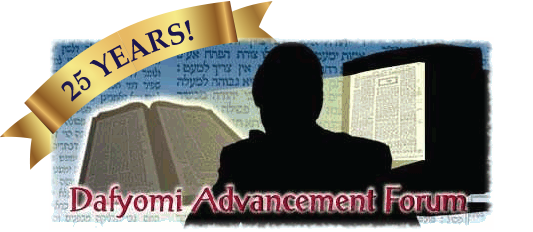Why did Moshe refer to the animals that were in the field?
Rashi (in Pasuk 10, citing the Mechilta): The decree was indeed confined to the animals that were in the field, and the G-d-fearing among them took their animals 1 into the house. 2
Ramban #1 and R. Bachye: He mentioned fields because that is where most of the animals were kept. 3 In fact, also the animals in the houses died as well, as the Torah writes in Pasuk 6 "Vayamas Kol Mikneh Mitzrayim".
Ramban #2 and R. Bachye #2: Because, since the Egyptians abhorred shepherds and their flocks, they would not take sheep into their homes, and all the sheep were in the fields far away from the towns. 4
As the Torah writes later in Pasuk 20 in connection with the plague of hail ? which also mentions slaves. Refer to 9:20:1:1. The Mechilta applies it also to Dever - perhaps only regarding animals. Or, the masters were afraid that even the people in the field when the Dever struck would die, so they brought the slaves into the house as well (PF). Refer also to 9:6:151:2, and 9:10:1.1:1.
See also Oznayim la'Torah, who cites a Tanchuma in support of this explanation, and refers to Rashi to 9:10.
Ramban and R. Bachye: And the Torh speaks in the vernacular, like we find in Mishpatim 22:30 "u'Basar ba'Sadeh T'reifah Lo Socheilu".
We saw earlier (in 8:15) that each plague is referred to as "Etzba Elokim" (whereas the miracle of the Yam-Suf is called "Yad"). Why then does the Torah refer to Makas Dever as "Yad Hashem"?
R. Bachye: This is the fifth Makah, which is why it is called "Yad Hashem", which stems from the second 'Hey' in Hashem's Name (which corresponds to the Midas ha'Din). 1 Moreover, the Torah lists five species that died. 2
Oznayim la'Torah #1: The Torah refers to each Makah that struck the Egyptians themselves as 'Etzba Elokim;' whereas Dever was confined to the animals - and a hand against the animals can be compared to a finger against human-beings. At the Yam-Suf, Hashem struck the Egyptians themselves with the "Yad." 3
Oznayim la'Torah #2 (citing the Zohar): Our verse tells us that in Makas Dever, Hashem would smite five kinds of animals - horses, donkeys, camels, cattle and sheep - each one with a different finger; which means that He killed all the animals with His Hand.
Maharal #1 (Netzach Yisrael Ch. 7, p. 44): The term "Yad" always indicates Midas ha'Din. 4
Maharal #2 (Nesivos Olam, Nesiv ha'Leitzanus Ch. 1, p. 218): Midas ha'Din is associated with the number 5. 5 Thus, our verse calls it a "hand," and it also lists five types of animals that would be struck by the plague.
What are the connotations of the term "Dever Kaved Me'od"?
Oznayim la'Torah (in the name of the Midrash Sechel Tov): It was described in this way because not a single animal survived the plague.
What are the connotations of "Yad Hashem Hoyah"?
Rashi: "Hoyah" is the present-tense feminine of 'to be'. 1 The past tense is 'Haysah,' and the future 'Tih'yeh'.
R. Bachye: It is the last of the twelve Names of Hashem formed from the combination of the letters of the Name Havayah. 2
Moshav Zekenim: It refers to something sudden. The animals were healthy, and suddenly they died.
R. Tuviya (in Chumash ha'Rishonim): There is nothing like the word 'Hoyah' in Tanach. It comprises the letters of Hashem's name, because through [this Makah] Hashem was honored among all the nations.
Cheshek Shlomoh: The verb "Hoyah" comes from the word 'Havos' (ruin, calamity), as in the Pasuk "mi'Dever Havos" (Tehilim 91:3).




